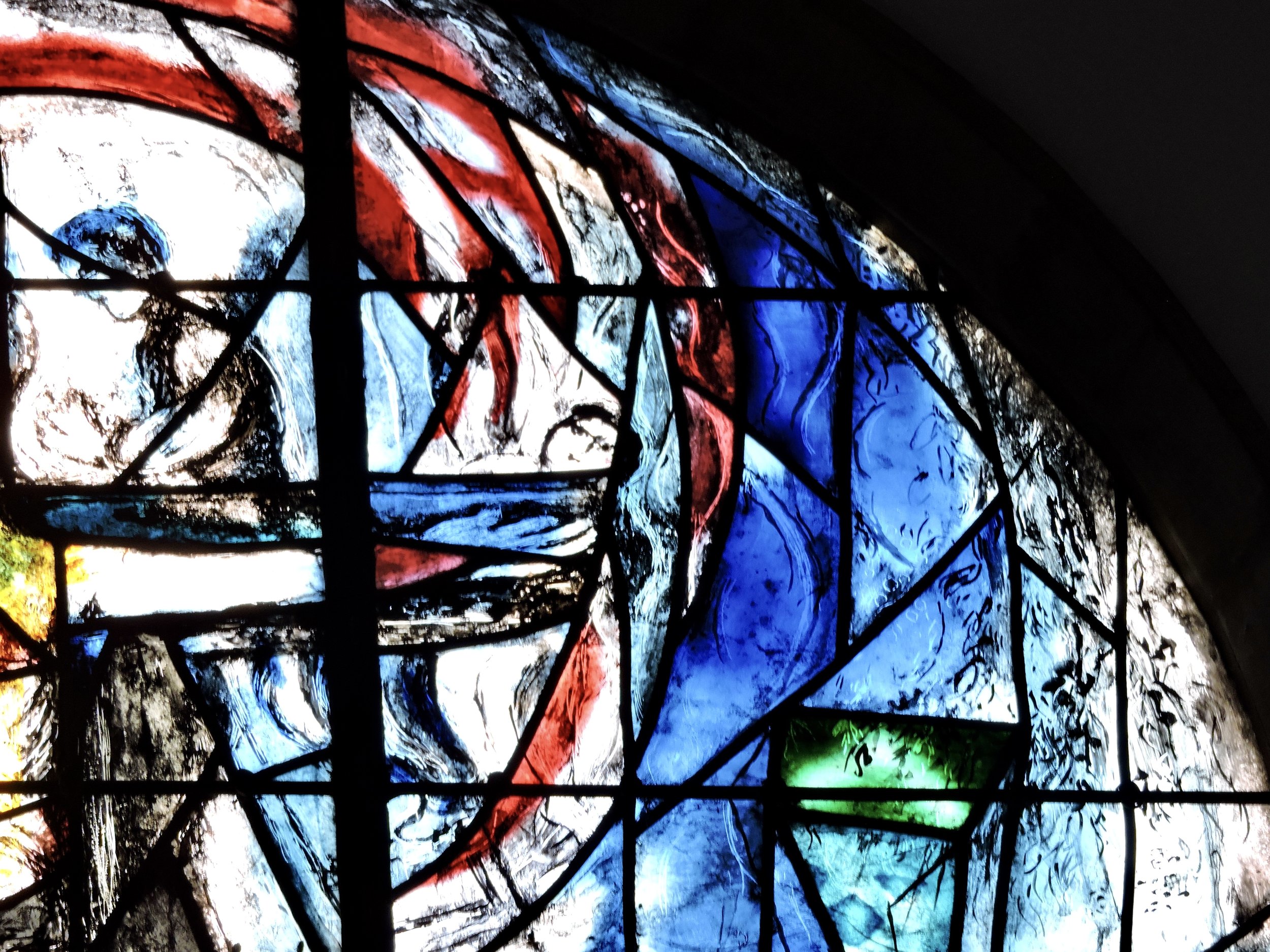Window 8

O Welt, ich muß dich lassen,
ich fahr dahin mein Straßen
ins ewig Vaterland.
Mein' Geist will ich aufgeben,
dazu mein' Leib und Leben
legen in Gottes gnäd'ge Hand.
Mein Zeit ist nun vollendet,
Der Tod das Leben schändet,
Sterben ist mein Gewinn;
Kein Bleiben ist auf Erden;
Das Ewig muß mir werden,
Mit Fried und Freud fahr ich dahin.
O World, I must leave you,
I travel from here along my way
to the everlasting fatherland.
I will give up my spirit
so that my body and life
lie in God’s merciful hand
My time is now completed,
death ends my life,
to die is to my advantage,
there is no staying on earth,
I must gain eternity,
with peace and joy I travel hence.










